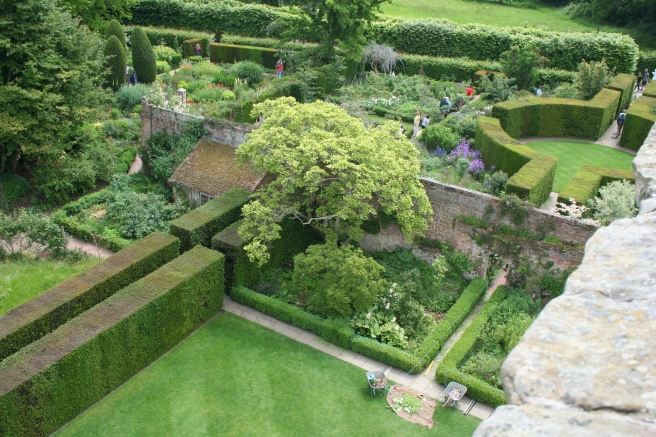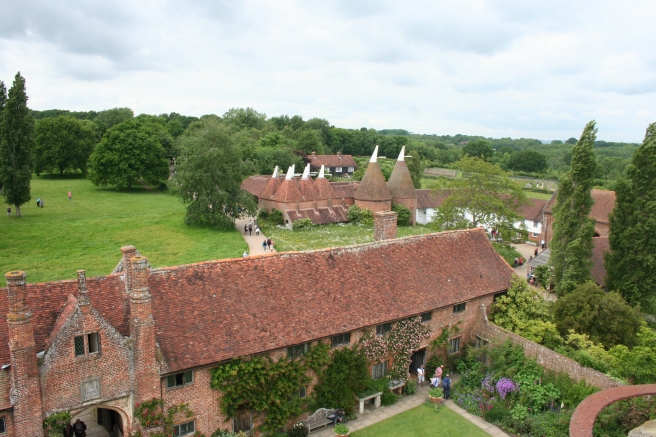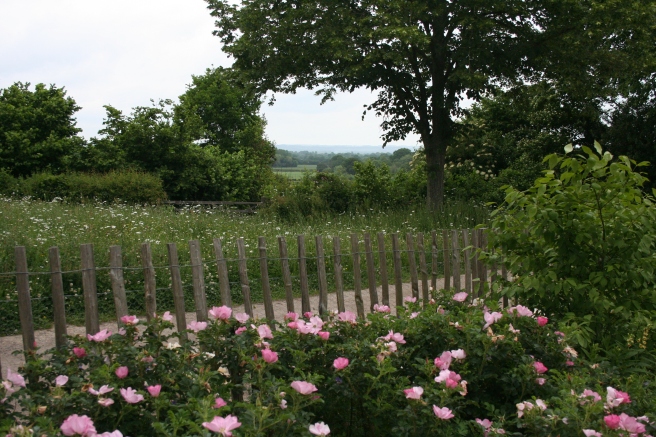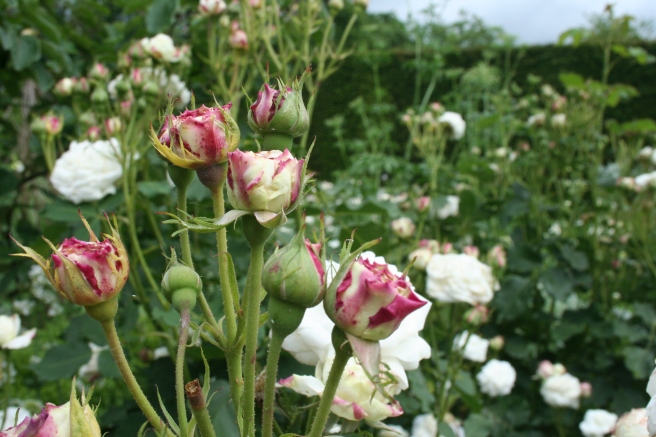I’ve been feeling weighed down lately with too much complicated life going on here and world-weary and thoroughly aghast at the behaviour of the people in power. Even David, who, for as long as I’ve known him, has always kept up-to-the-minute with current affairs, switched off the news earlier in the week Before It Had Finished and said, “The world is going mad”. There’s just only so much one can take, isn’t there? More and more, I’ve felt the need to ignore what’s going on outside my little patch of land and instead think only about what needs watering and who needs feeding. (And even the ‘who needs feeding’ can seem like a massive chore sometimes.) I quite fancy switching off all the devices and cutting myself off from the world for a year or so. I might then have a peep to find out if it all really did go Pete Tong (wrong) but I suspect I’d be quite happy not to.
But as that’s not terribly practical, I’ve been focusing on simple tasks like hanging out washing – listening to the birds and feeling the sun on my skin as I peg laundry on the line – and spending as much time as possible looking at plants. Rather than completely sink into a pit of despondency, easy though that would be, I am sitting quietly on the clifftop and looking out for all the slivers of hope and beauty and optimism that I can.
In the spirit of carving out some pleasure, today I took the day off and drove to Sissinghurst Castle with two good friends. We’re all women who juggle work and family life – we have 10 teenagers between us – and we kept commenting on how wonderful it was to be out, to be away from the everyday and to be in such a beautiful place. We had coffee and cake and lunch and coffee and cake. We ooh-ed and ah-ed at the planting and the architecture and the arrangement of the place. On the way home, we stopped and bought Kentish cherries from a roadside stall. We returned happy, recharged and ready to turn our sunned faces to the onwards march again.
Happy weekend, friends.


























